No Fixing 👎🏻; Just Creating 🙌🏻
In the Placeholder, You Learn How to Be, Think, Feel, and Act Like a Designer.
What is success? What would it look like to do this job in the future?
These types of questions were constantly cycling through Amit’s brain for a while, as he shared in the interview with me. Sometimes he couldn’t sleep because it was bothering him so much, and it was actually impacting his personal life too. Amit would continue to think about this, half listening to his wife over dinner. He also got cynical and found himself complaining to other people about his work much more often than ever.
Amit worked in the finance department of a big tech firm. It had been a good career for him—interesting and innovative problems to solve, smart people to work with, and great compensation. Yet, internally, he started noticing conflicts. What used to matter to him—the brand name of the workplace, the big bold missions to change the world, and the financial reward that came with it—no longer did. He felt uneasy and somewhat lost, even. How would he measure the success of his career now? More fundamentally, what did he work for? These questions kicked off a whole series of personal investigations for Amit in many conversations. He was stepping into the Placeholder.
One of the influential books Amit read during this time was Man’s Search for Meaning by Viktor Frankl, in which he documented his own experiences at a Nazi concentration camp during World War II. Viktor Frankl observed firsthand how crucial it was for him and other camp prisoners to be clearly aware of the meaning of their lives even in the utmost suffering. Those prisoners who understood what they existed for could survive the horror of the Holocaust better than those who merely had hopes of survival.
This initiated Amit asking himself an instrumental question: Which work is worth putting myself through so much stress, anxiety, and so on for? The problem wasn’t finding another job that could satisfy him but understanding what mattered to him.
A more vigorous and winding process of investigation, conversations, and reflection went on over a couple of years. Through this process, Amit gained higher clarity on what mattered to him. He said, “Beyond the basic sustenance, I came down to three things that mattered to me: building meaningful relationships with other people, continuing to learn with a curious mind, and developing the ability to navigate any ups and downs at work, which are inevitable.” He hadn’t deliberately thought about these three things in the past, but now, he wanted to focus on shaping his work around these fundamentals.
Like a designer, he started searching for ideas aligned with these three principles. Per a suggestion by one of his friends, Amit started documenting all the insights he learned from working on those wide range of ideas. He named it “Amit’s Reflections.” What he wanted to check was how each idea would align with his three fundamental values.
Then he invited a group of close friends and previous coworkers he trusted—namely, his thought partners—to review his reflections and asked them to share their feedback and insights. Basically, this made the document a live virtual lab to evolve his ideas by sharing, vetting, questioning, clarifying, and expanding together with his thought partners. This ideation system helped Amit develop his ideas to align his future work with what mattered to him. Amit shared of this ideation process:
“A lot of the questions early in our career have much easier answers. You know, things like you want to go to business school or you want to go work at Google. You don’t need that much crazy advice, and the decision process is pretty straightforward. But the type of questions I am thinking about now requires a totally different approach. For me, going to a bunch of people to figure out new ideas and have conversations to help me vet them is important. Then I test ideas. Once I write things down, having someone to run through my ideas is great for me.”
Ideate Like a Designer for Your Career
“Creativity is not a talent. It is a way of operating.”
- John Cleese, Actor and Comedian
If you have identified what matters to you for your next career, you are ready to ideate. But how? You might think, I am not creative enough to generate so many ideas. It could feel like facing a big wall, not knowing what to do with a pretty important insight about what truly matters to you.
This sense of paralysis could happen because of our misunderstanding about creativity. What kind of images come to your mind when you think of “creativity”? A wretched painter finally getting an inspiration for a masterpiece after agonizing for years? A mad scientist suddenly having an enlightening moment and discovering a revolutionary solution for humanity?
This view on creativity was common until the mid-twentieth century; creativity was considered inexplicable and nebulous. Since then, many scientists and psychologists have discovered that creativity is not an inherent quality but a way of operating, which we can practice in our daily life, as John Cleese mentioned in his famous lecture in 1991.
Creativity is not a talent or ability we either have or not, according to John Cleese, based on the seminal research in 1959 by Dr. Donald MacKinnon at UC Berkeley. In the research, MacKinnon and his colleagues concluded that the creative people had “simply acquired a facility for getting themselves into a particular mood—‘a way of operating’—which allowed their creativity to function.”
So how can we develop this way of operating to be creative? Developing creativity is about choosing open versus closed mode, Cleese said. He pointed out that closed mode was how we are most of the time when at work. We have a lot on our mind; so many tasks to complete with competing priorities in a tight schedule. The closed mode is an active and a slightly anxious mode in which we’re a little impatient with ourselves, others, or both. Tension is in the closed mode and not so much humor. Creativity is not possible in this closed mode.
By contrast, the open mode is relaxed, expansive, and perhaps less purposeful. We become more contemplative, more inclined to humor, and more playful as a result. In this mode, we are more curious, as we’re not fixated on finding the right answer or solution quickly. As a result, we can play and welcome any ideas to float to the surface.
In the Placeholder, operating in the open mode—generating ideas as freely as possible and challenging old assumptions—is critical to uncovering what we find truly meaningful. This approach is similar to the ideation process in design thinking, which is all about creating as many ideas as possible and narrowing down to the best ideas to move forward with prototyping and further experiments. In the perspective of a designer, we are now ideating as many potential inputs as possible for our Placeholder.
We make two common mistakes with ideation in the Placeholder. First, we may think we need to come up with radical ideas only from the get-go. Second, we may shun certain ideas from even considering based on habitual patterns or old assumptions.
For example, as I was getting more interested in organizational culture, I thought perhaps I should quit my job and go get a PhD in organizational development first to start a new career for it. The idea was drastic but also overwhelming as it involved big decisions. The idea was also based on my old assumptions of how to make a change in career. “First, prove yourself with the most prestigious credentials.”
Making such mistakes is understandable, but this is exactly why we need to operate in the open mode. We can start from familiar and mundane ideas and move to more unusual and bold ones. We get to develop bigger ideas by trying small ones constantly too.
Instead of quitting my job and pursuing academic degrees, I got certified to teach an emotional intelligence course called Search Inside Yourself and started facilitating it for teams at Meta. When I met some other like-minded folks, I started running a community to practice mindfulness at work. A collection of every small idea that was easy to do led me to bigger, bolder, and more unconventional ones.
In conclusion, we don’t need a specific talent to generate creative ideas for our Placeholder. We just need to remember to operate in an open mode like a designer. We have nothing to get stressed out about. In fact, you most likely already have some ideas you want to start with. You just need to warm up your mind a little to let them emerge.
Curious about How to Ideate Like a Designer for Your Career?
It’s all in my upcoming 📕, The Placeholder-coming soon in May 2025! If you are interested 👀 in checking out the Early Reviewer’s Version before others and share your review with me, please click the button below.


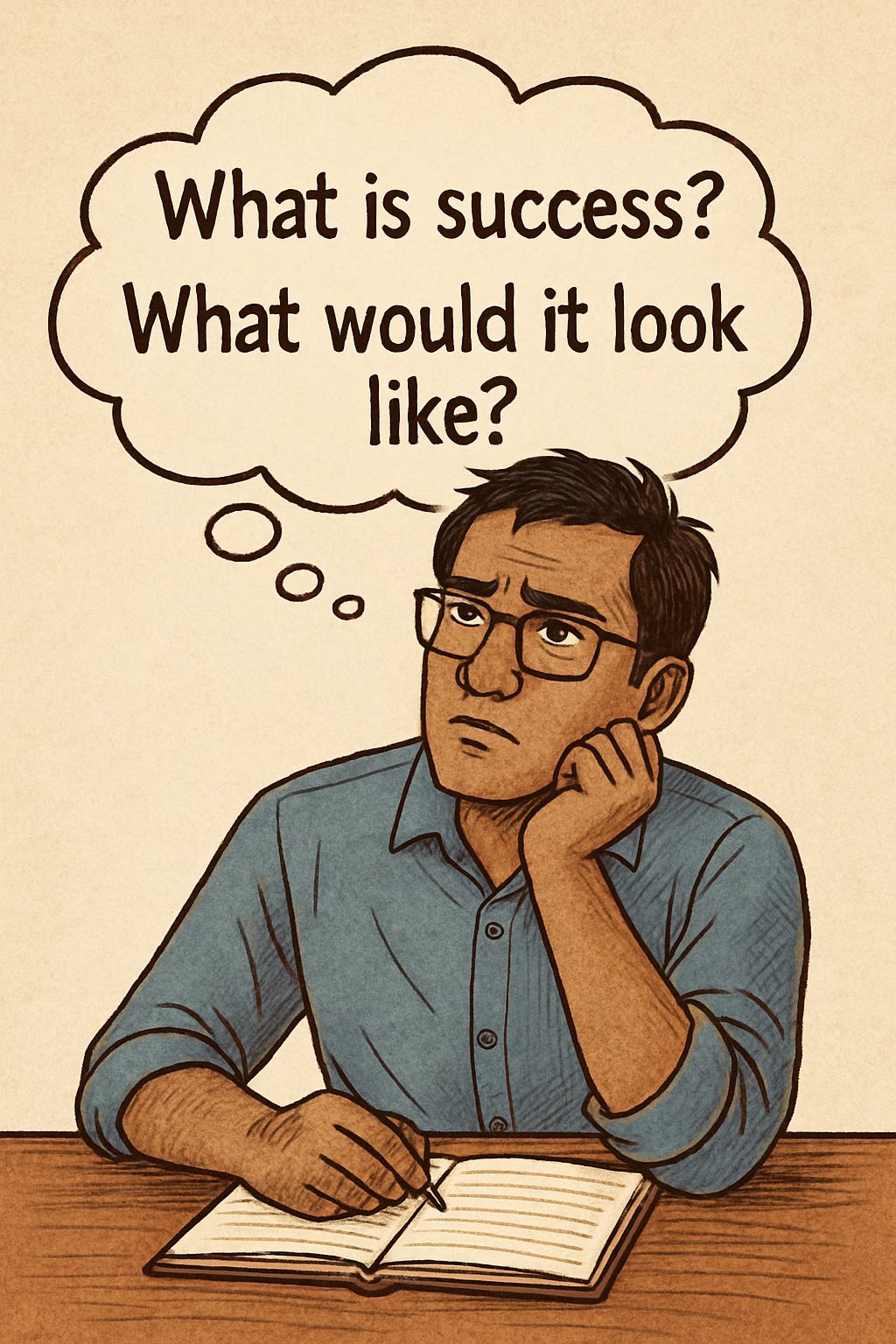
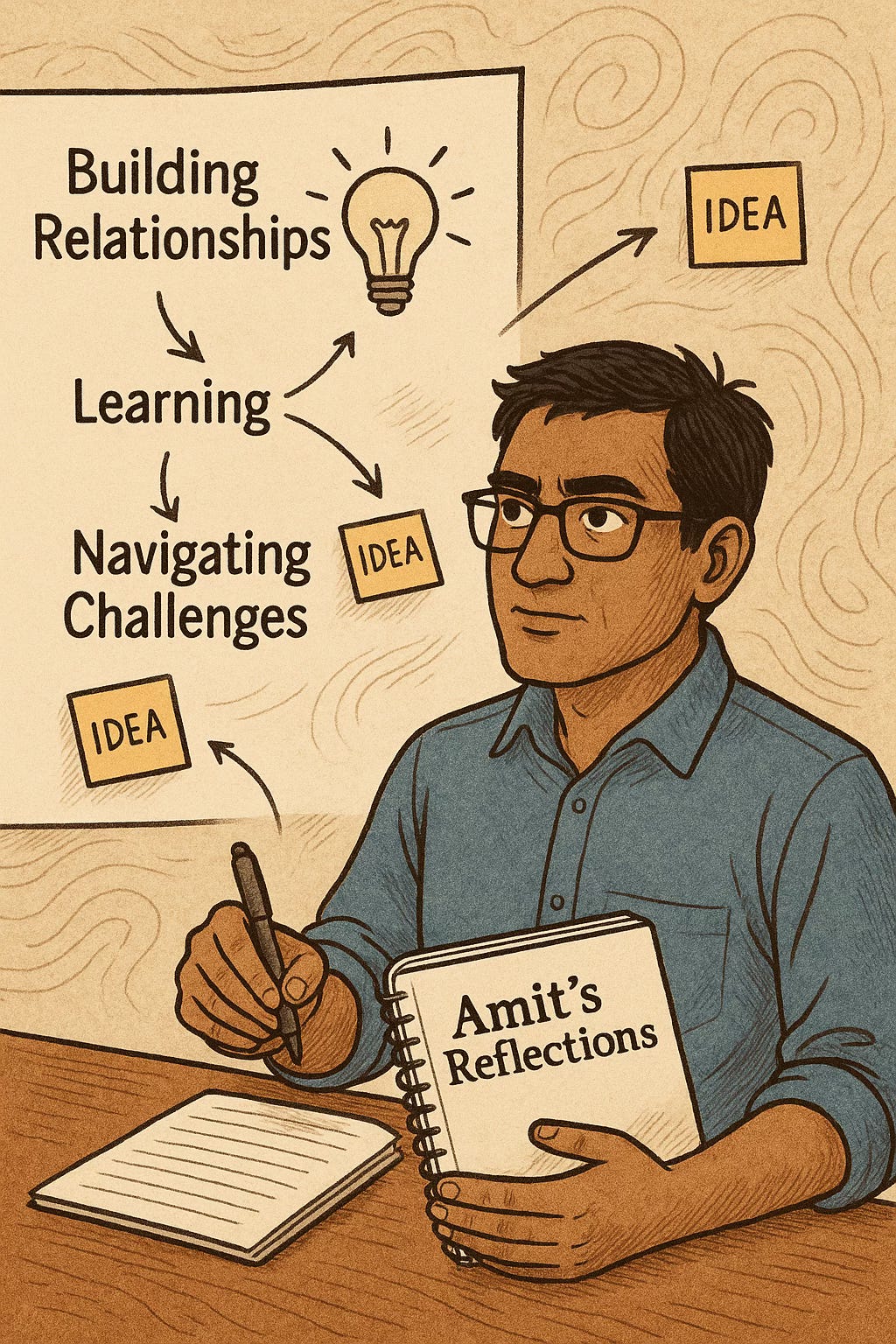
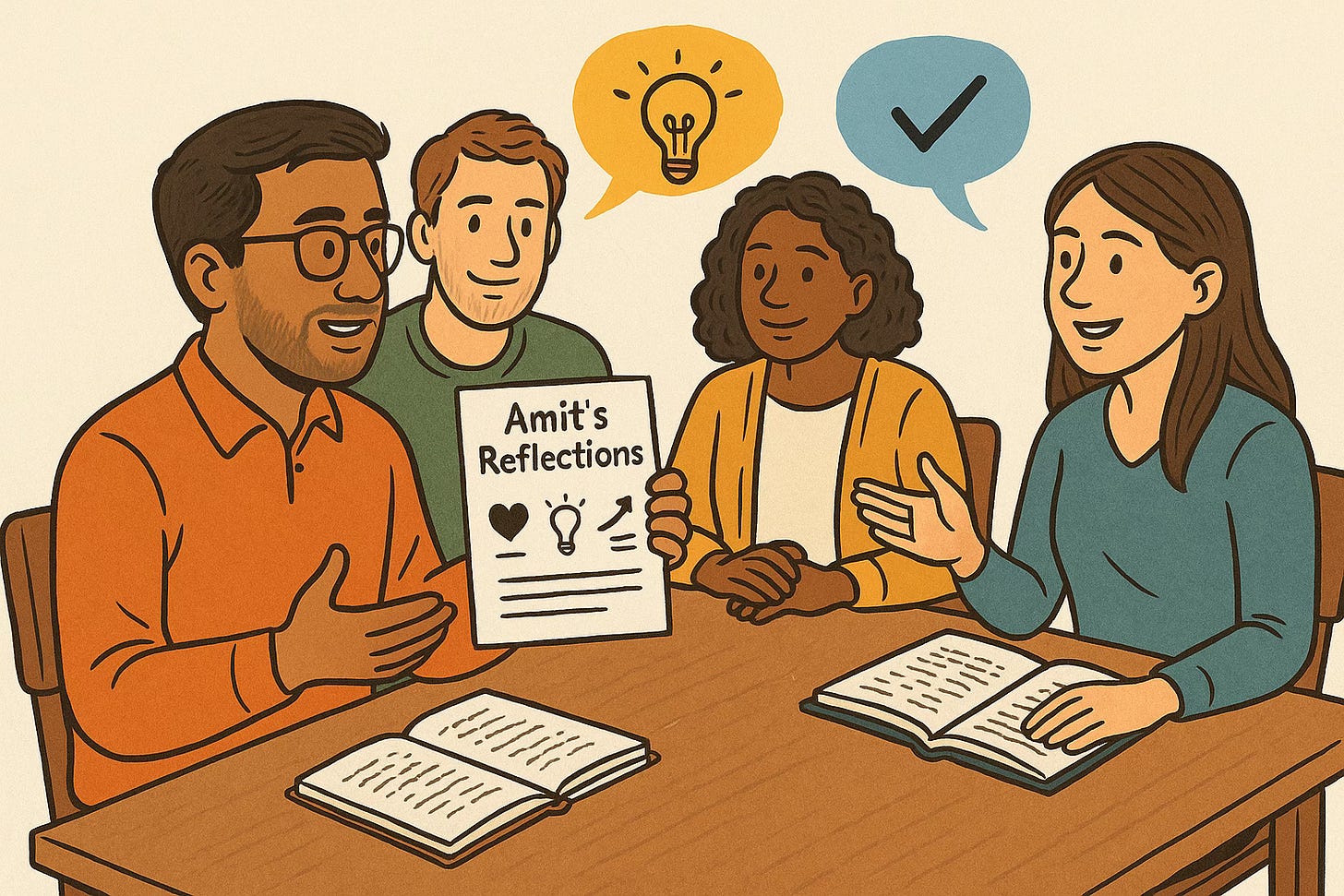
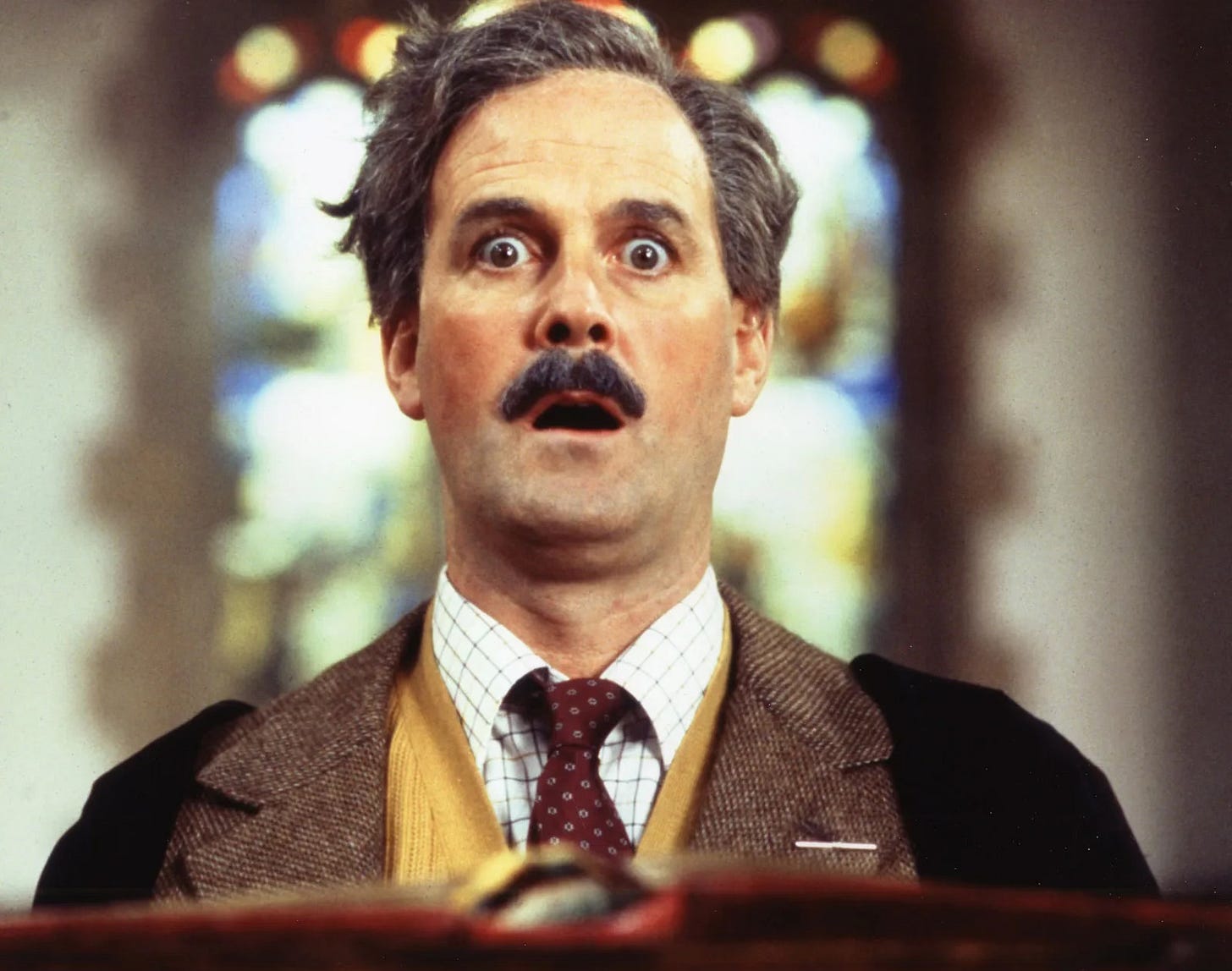
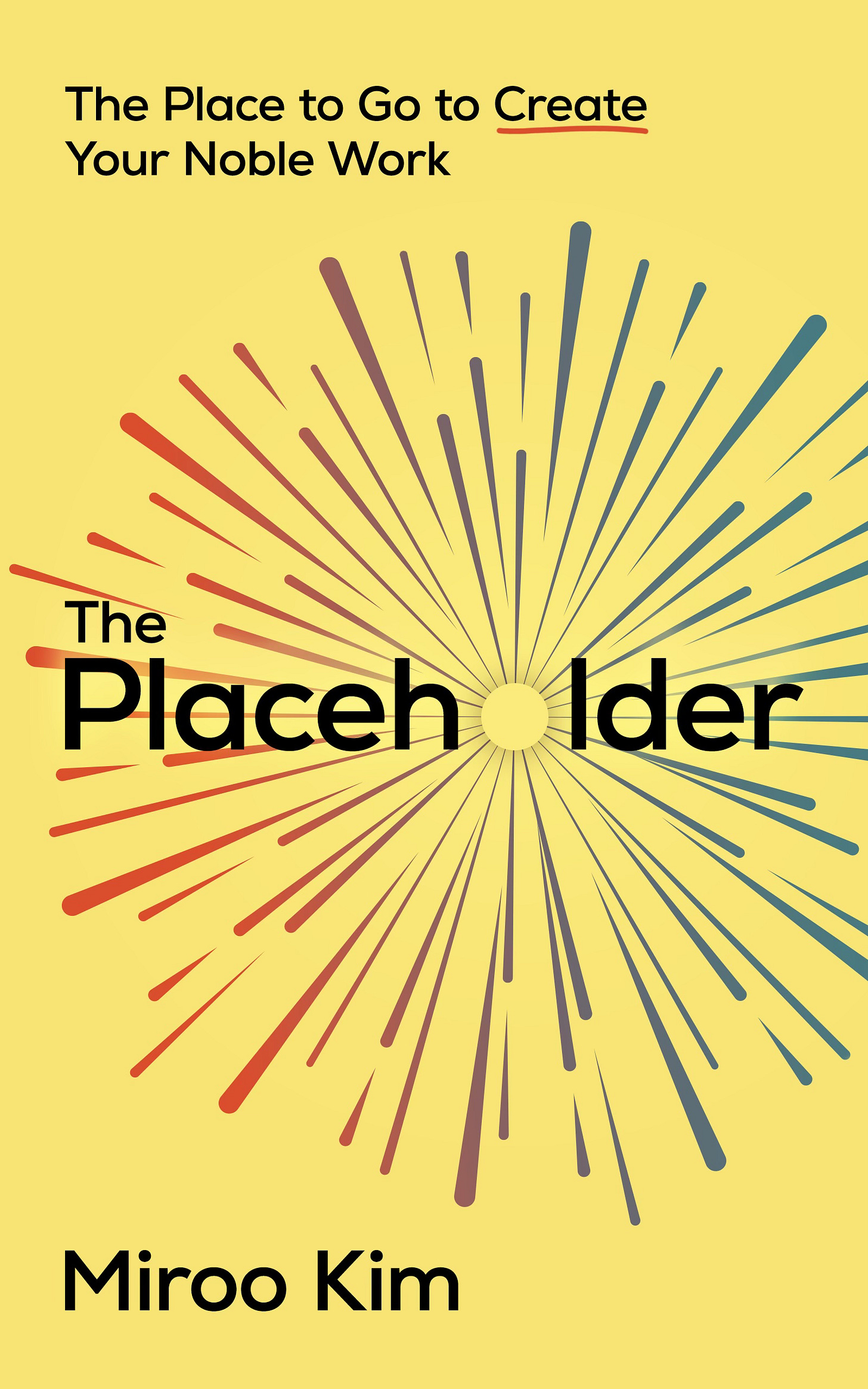
I, too, used to think in those grand decision ideations AND often attached it to some sort of degree or certification. I want to do X so I should go and study for 4 years to prove I know my stuff. (Won’t even get into uncovering where that idea came from in my upbringing!) But now I am addicted to the idea of small steps. Testing, trying and seeing where it takes me. What if you’d done the PhD only to get 1 year in and realise you didn’t like it?!